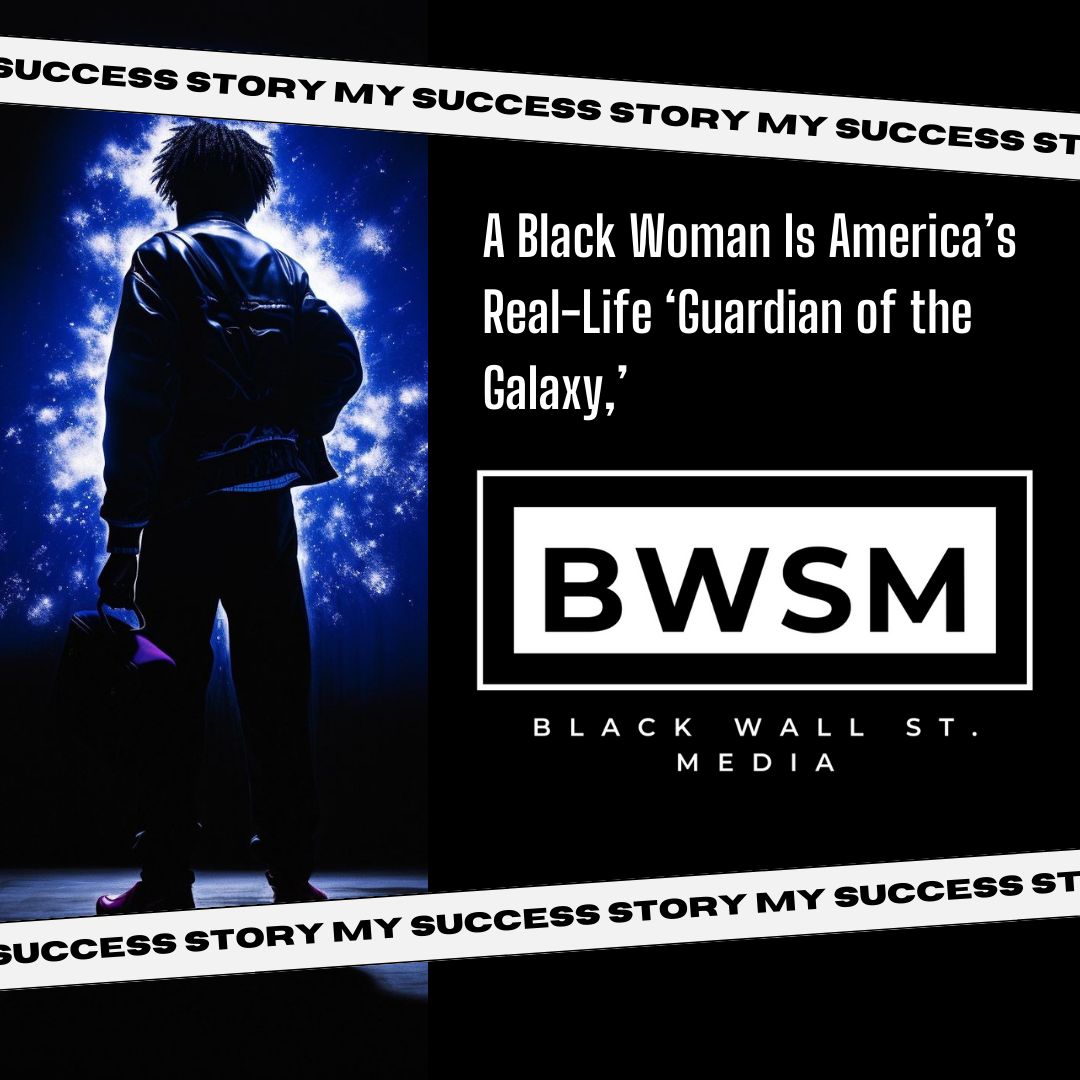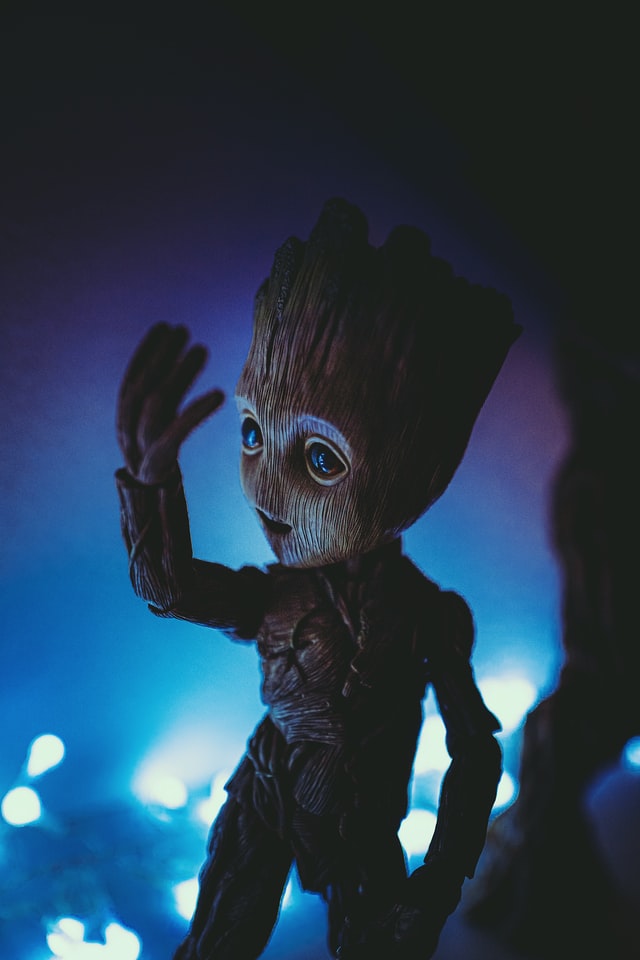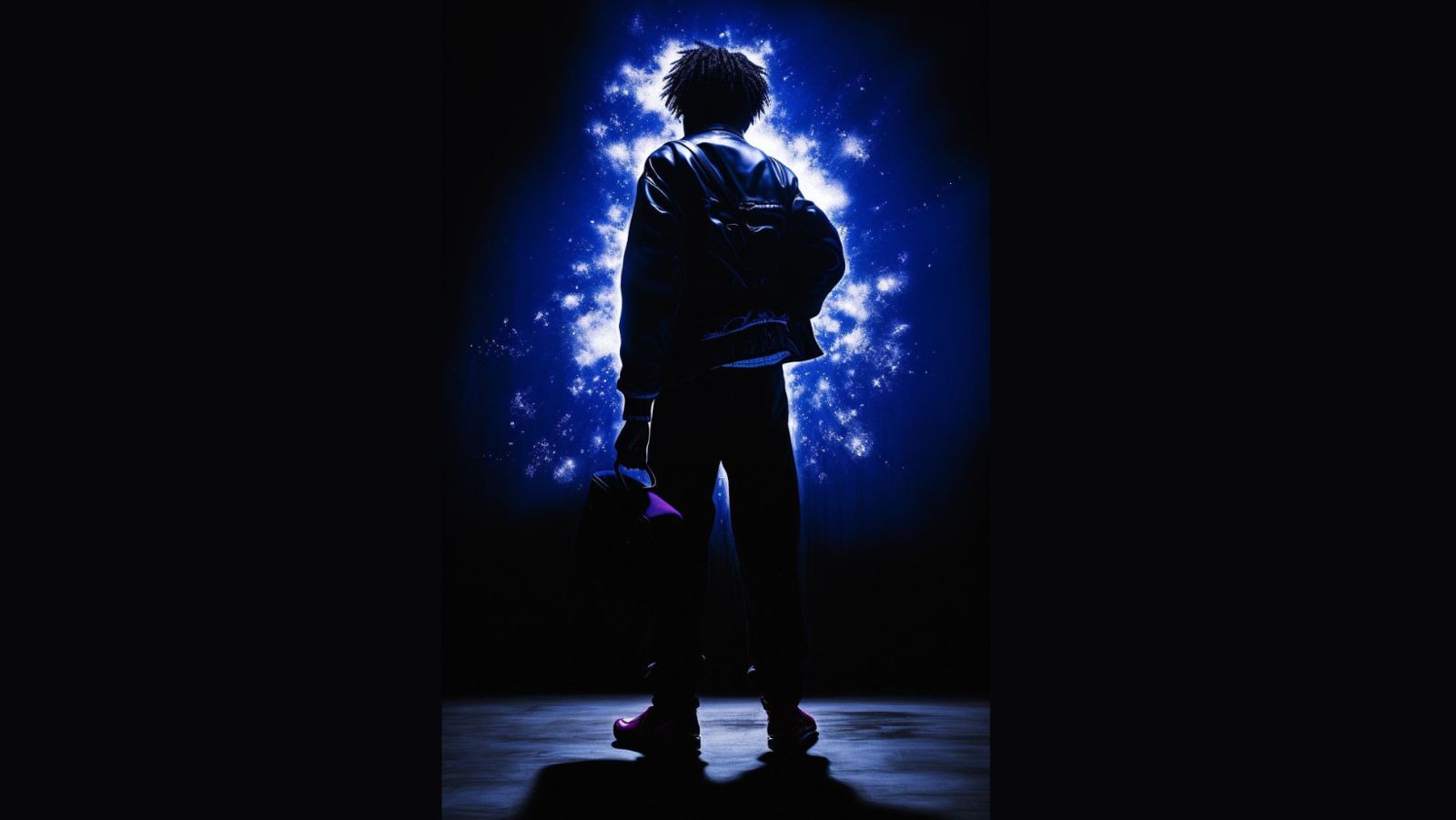EDUCATION
A Black Woman Is America’s Real-Life ‘Guardian of the Galaxy
“‘You Don’t Want to Bring Something That May Be Harmful to Humans’”
Black Wall St. MediaContributor


A NASA scientist says she is a real-life “guardian of the galaxy.”
The duties of her job include stopping earthly microbes from spreading to other planets, as well as the reverse — preventing any potentially deadly alien matter from contaminating Earth and possibly killing millions.
In fact, she says her work is best described by comparing herself to the comic book popular Marvel franchise starring Vin Diesel, Zoe Saldana, Djimon Hounsou, and Bradley Cooper, that smashed the box office with two installations and a highly anticipated third to debut in 2023.
“The first part is, when we’re sending out spacecraft, rovers, orbiters, whatever it may be, beyond our own planet to another either planet, moon, asteroid that may harbor life, it’s my goal and the team’s goal to make sure that we don’t send our Earth germs to those locations, especially when we’re trying to search for life,” Cooper said to a virtual audience.
According to the NASA Office of Safety and Mission Assurance, Cooper’s job centers on “the practice of protecting solar system bodies from contamination by Earth life and protecting Earth from possible life forms that may be returned from other solar system bodies.”
The scientist, who graduated from high school at 16 and received her Ph.D. in mechanical engineering at the age of 24, detailed how meticulous she and her team must be in this field and the horrible aftermath that can transpire if they mess up.
She said she must make sure any “discoveries” they report are accurate, else she might compromise the integrity of the government agency and the nation.
“Imagine a groundbreaking press conference [where] the president comes out and says we found extraterrestrial life somewhere else,” she offered. “Later to find out that it was a mistake. It was a hitchhiker from the Earth. Not so good, right?”
“It’s my job to prevent that scenario.”
Cooper said she also hopes one day in her career to “bring samples back” to Earth. She said, to do that, she would “have to have that same consideration, saying, “You don’t want to bring something that may be harmful to humans!”
Cooper and her team made history in February of 2021 after they successfully landed the Mars Perseverance Rover on the “Red Planet.” Her role was to stop Mars from being contaminated by anything from this world, Redlands Community News reported.
From experiences like this, she understands the greatest variables to consider in the work the scientist does can be linked to humans, whether she is talking about on the Earth, in or out of the space crafts, or on other planets.
“The amount of contaminants that can make its way onto the spacecraft is huge and the number one source is from humans,” she stated. “The people that put the spacecraft together.”
She said this is because of the number of microbes humans carry with them.
“We have more microbes in and on our bodies than we have human cells. We are more bacteria than we are humans.”
This is why when people are building the vessels, they are fully covered in suits.
Her duty to protect earthlings and those that may or may not exist in the universe is to make sure the environment around the spacecraft is sanitized.
Cooper said her goal is “not transfer it to the spacecraft as we’re touching and bolting and swabbing. You’ll notice in the pictures that we’re wearing bunny suits. The environment itself is ridiculously clean.”
She asked the listeners to imagine a one-by-one-by-one foot tube in front of themselves and then juxtapose it with one in the cleanroom, there will be a significant difference.
“You’ll find about a million particles in that room, but in the cleanroom, you’ll only find 10 to 100,000 particles. It’s much cleaner than the ambient air.”
Cooper says when she first joined NASA, she was not shocked at the lack of diversity and was not expecting to see others that looked like her, especially Black women.
“I never expected seeing other women. I just didn’t … especially women of color … especially Black women in the field that I was trying to pursue,” she shared before saying it was normal to be the only one.
“When I was going through the NASA pipeline, I started my journey at Langley — NASA Langley Research Center — there were definitely less people that looked like me in positions of power,” she reminisced.
For her, it was neither a distraction of anything to turn her away from her goal to work in space.
“I didn’t really take that as a deterrent, but I knew that I was one day going to be that change.”
Black Wall St. MediaContributor







